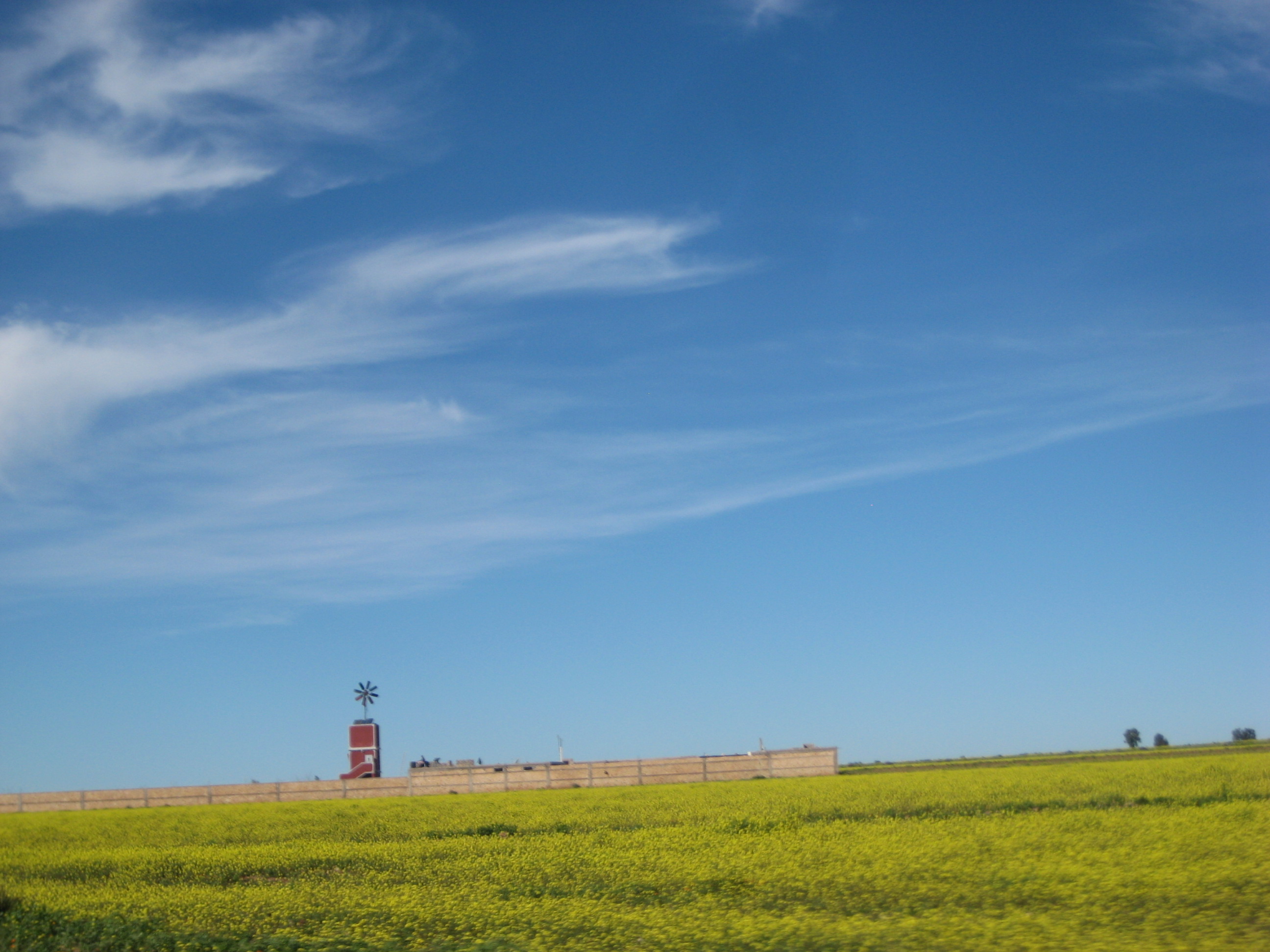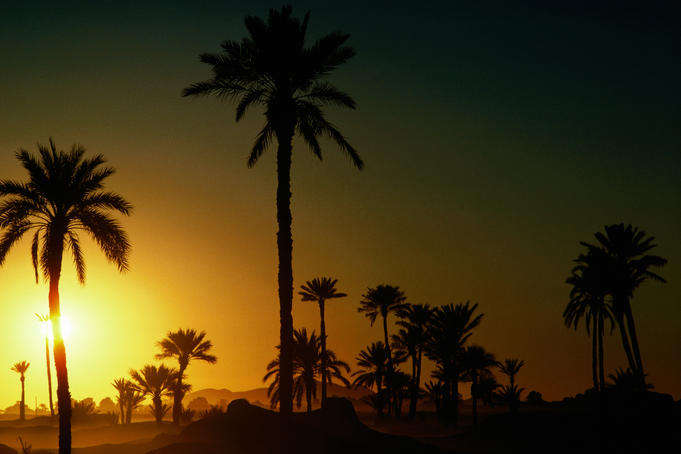It has been nearly two years since the "Arab Spring" and, while we hoped for a peaceful resolution, the summer we envisioned never came. Instead, the Middle East has erupted in new turmoil, oppression and aggression so intense it feels like winter again.

It's hard to remember the joy I felt in 2011 as I watched people pour into the city squares in Tunisia, Egypt, Libya and Syria to protest against their governments and rally for freedoms we Americans consider our birthright. Like so many others, I naively hoped their protests would signal the birth of democracy in a region not known for granting freedoms to its citizens.
But, instead of celebrating free will, I've watched chaos and killings in Syria as civil war tears that nation apart. Most recently, I've feared for the world's safety as Israel and Gaza again engage in their dangerous, biblical battle.
The fate of Israel drives home the Arab Spring because we are politically, philosophically and ethically committed to its survival as a country, a democracy and witness to history. As we have seen in Syria, in addition to the awful loss of life, entire chapters of humankind are erased when treasured archaeological sites are sacrificed to war.
These warring nations make the promise of democracy in the Middle East and North Africa seem like an impossible dream. Yet, like Don Quixote, I still have hope. I was fortunate earlier this year to be one of 200 women leaders from 30 nations to visit Morocco for the International Women's Forum conference. The meeting, which focused on the aftermath of the Arab uprisings, gave us a rare opportunity to learn how Arab women leaders, some of whom are raising future leadership, view those events and their future.
Sadly, experts from around the region, including ambassadors, professors, politicians, journalists, human-rights activists, business leaders and representatives of faith predicted many of the grim events that, a few months later, made headlines in our newspapers.
What I didn't expect was how their insights would lead me to contemplate the perilous state of our own democracy. Over the past six months, I've often thought how men and women in the Arab world are willing to die for the right to speak out loud and true. In contrast, our right to free speech has spiraled into spin, where hyperbole tramples truth and facts are measured in Pinocchio noses.
We heard stories of ordinary people who performed extraordinary deeds while creating shout-outs for democracy. Yet we also saw how failure to plan effectively ensured what has transpired. Almost two years after the Arab uprisings, the ruling party in Tunisia still cannot agree on how to incorporate the role of Islam into its new constitution, and although Egyptians won the right to hold free elections, moderates could not support either candidate.
The one exception is Morocco, which is well-served by a tradition of tolerance and an enlightened monarch. During the spring of 2011, 48-year-old Mohammed VI seized the moment to institute a new constitution that values and protects human rights. Because of his decisions, divorce is legal, girls are encouraged to attend school and women are becoming an economic force in this country.
It's tempting to suggest that Morocco be the model for all Arab nations. But this is a complex region where no one-size caftan fits all. Multicultural and monarchy-led Morocco is Arabic; it's not Islamic. Turks understand this well since their country tilted toward democracy for years but now has morphed into a more traditional Muslim mind-set, with all the attendant challenges to freedoms.
Those Arab leaders who addressed us readily acknowledged that their individual paths to freedom will not be smooth or quick. But they were equally convinced that freedom is their destination.
Freedom inspired two young Libyan women to courageously publish a weekly newsletter, "From Tripoli," to alert the world to events inside their country. It compelled a young Tunisian woman to organize a group of female lawyers and activists who are successfully defending women's rights and freedoms. It inspired Mohammed Al Abdallah, a Syrian human-rights activist and television journalist, to risk his life as the media face who is challenging his government.

The promise of freedom motivates Egyptian activist Ahmed Naguib, who mobilized more than 30,000 people to congregate in Tahrir Square in 2011. "I am not as optimistic and hopeful as I was," he admitted, but then vowed, "We will never go backwards."
It's easy to forget, awash in our angry, 24/7 news cycle, that our democracy was also born from strong, clear and inclusive words that were coupled with brave actions As Ceren Kenar, a young Turkish graduate student who is leading a movement to promote democracy by bringing Turks and Arabs together, declared, "I believe in the power of words. I believe in the power of actions."
It's no surprise that the leaders of the Arab Spring are so well-educated. Thomas Jefferson observed, "An educated citizenry is a vital requisite for our survival as a free people."
Of course, the question remains: Can Ceren Kenar and other Arab leaders succeed in building new democracies? Anything is possible if obstacles can be turned into stepping-stones, but I believe it will take centuries to grow the grass-roots systems needed to sustain substantive change.
Just look at us. Our own brand of freedom is messy, and we've been at it for more than 200 years. We are a beacon for the world, yet we still don't have it entirely right. We pledge allegiance and fly our flag, but we allow words like freedom, democracy and patriot to be co-opted by political agendas. We say we care about living in a democracy, yet many of us don't bother to vote.
While we wait for the Arab Summer, we can honor the spirit of that Arab Spring by launching an American Autumn.
This movement, timed to coincide with our election cycle, would nurture an informed citizenry that values democracy by encouraging people to learn and listen more than they talk or tweet or shriek. Given time, the American Autumn campaign could develop a core of educated, thoughtful voters who would make decisions based on truth and fact.
Imagine the discussions! Smart. Civil. Passionate. True, it might take several seasons to build this conversation because our overpackaged, sound-bite driven, billionaire-sponsored political campaigns do not encourage investigation or introspection. But if we do it right, we'll make Thomas Jefferson proud.
morocco culture,moroccan food,morocco food,moroccan cuisine,morocco beaches,moroccan meal,beaches in morocco,moroccan culture,hercules cave,hercules cave morocco














